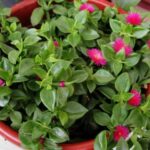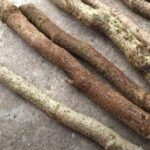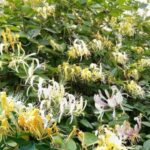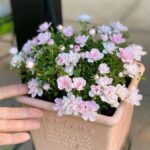Hydrangea paniculata, the Stunning “Snow-Like” Blooms of Abundance
Hydrangea paniculata, commonly known as the panicle hydrangea, boasts a diverse range of origins, including China and Europe.
The growth rate of the European variety is significantly faster than its Chinese counterpart. Chinese hydrangeas are known for their slow development, requiring gardeners’ patience. If you’re opting for the Chinese variety, be prepared for a lengthy wait.
In Vietnam, a few botanical gardens in Dalat have successfully cultivated this ornamental tree. It can grow to impressive heights of 2-3 meters, with a robust, lush appearance. After 2-3 years, the tree takes on an aged look, resembling an ancient, majestic specimen.
Despite its slow growth, the hydrangea paniculata is beloved for its breathtaking blooms. When in full flower, the entire tree appears draped in snow, creating a spectacular and luxurious display.
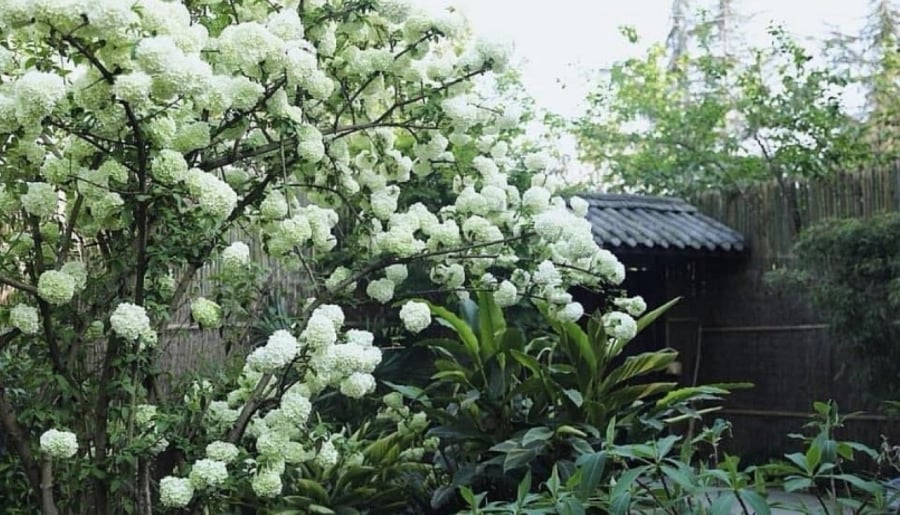
Witnessing this tree in full bloom is a rare visual feast.
The hydrangea paniculata’s spherical, colorful blooms add a touch of elegance, charm, and prominence to any garden or landscape. It is equally suitable as an indoor or outdoor plant and pairs beautifully with other floral varieties.
The hydrangea paniculata’s flowering display evokes a sense of abundance and prosperity. Beyond its aesthetic appeal, this ornamental tree holds positive feng shui implications, believed to bring good fortune and prosperity to its owners.
Cultivation Techniques for Hydrangea Paniculata
Some believe that planting this tree in one’s yard invites good luck and dispels gossip. Moreover, a mature hydrangea paniculata can significantly enhance your home’s economic value.
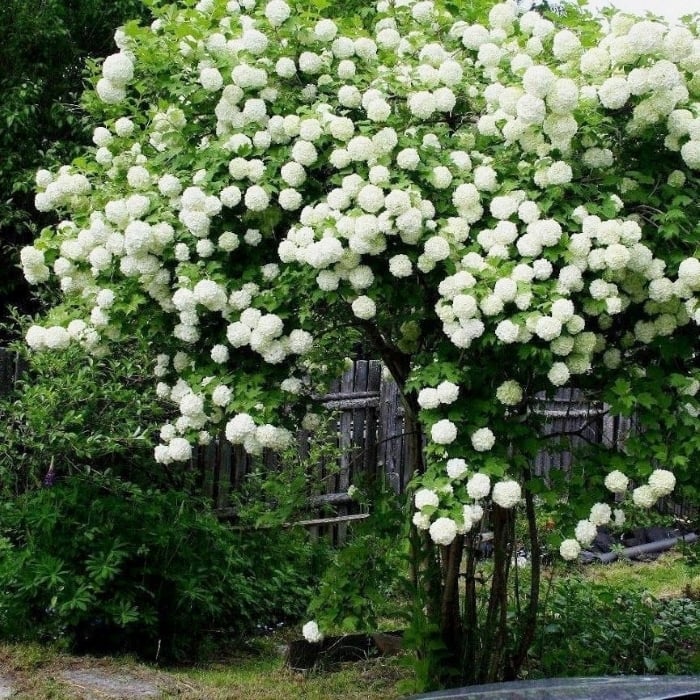
Hydrangeas are robust, disease-resistant trees that thrive in cool, shaded environments.
Hydrangea paniculata thrives in loamy, well-drained soil rich in organic matter. However, it adapts to a range of soil types, including neutral, acidic, or alkaline.
Watering: While the tree prefers shaded conditions and is not water-intensive, its large leaves and substantial blooms require adequate hydration during growth and flowering. Water early in the morning or in the evening to minimize fungal issues.
Fertilization: Apply fertilizer during the flowering season and the tree’s growth period, approximately once every 1-2 months, either in early spring or late winter, depending on the tree’s size. Alternate between organic and inorganic fertilizers to provide a well-rounded nutritional profile, and remember to water after fertilizing to avoid root burn.
Pruning: As flowers develop at the tip of new growth, a denser canopy will result in a more prolific bloom. Prune in winter, or at the latest, early spring. Pruning later may sacrifice that year’s flowers.
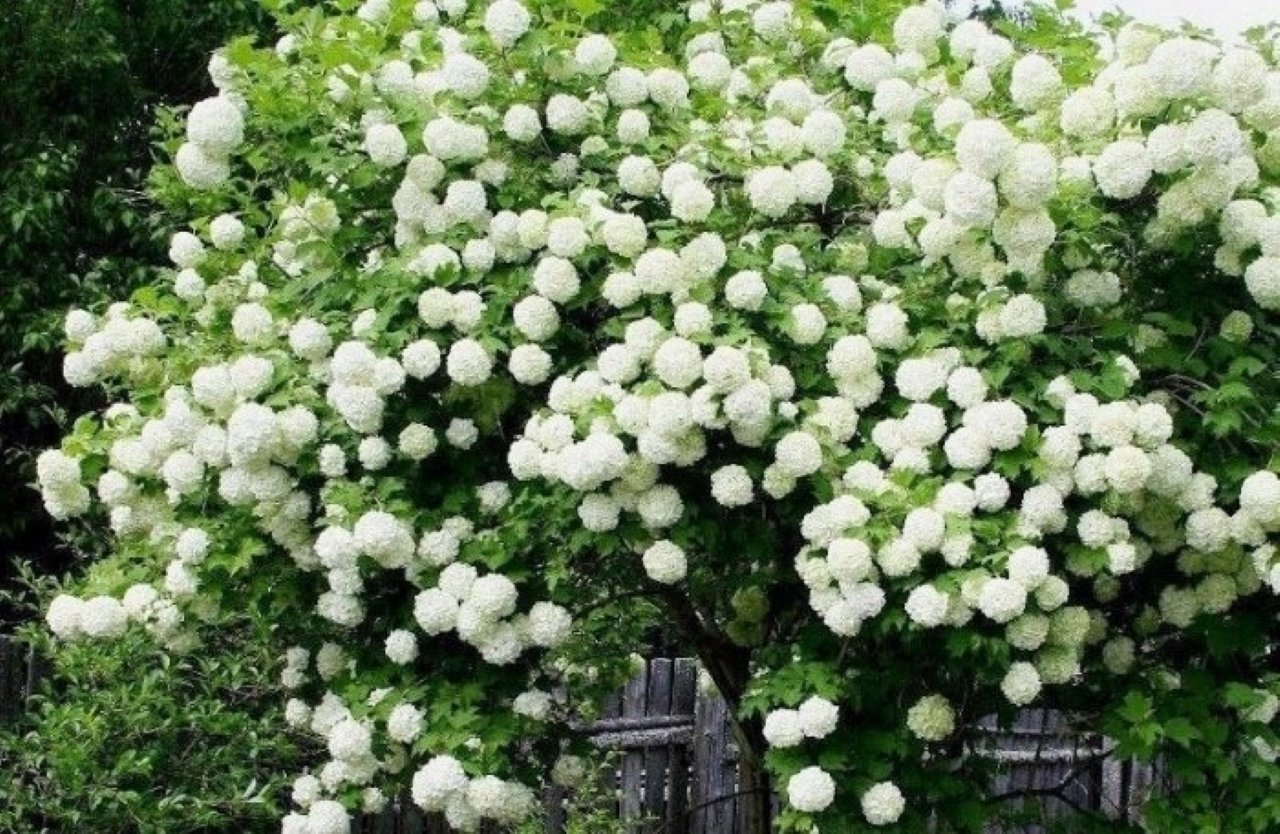
Hydrangea paniculata is a premium ornamental plant with a high monetary value due to its slow growth rate and challenging propagation.
Propagation: Hydrangea paniculata can be propagated through seed germination or cuttings, with the latter being more commonly practiced due to its higher success rate and speed.
Flowering Period: This variety of hydrangea boasts an extended flowering period of 4-5 months. Warmer temperatures encourage more abundant and prolonged blooms, enhancing its visual appeal and ornamental value.
Whether planted in a pot or directly in the ground, with time and care, your hydrangea paniculata will become a cherished, ancient-looking treasure. After two decades, you’ll have a mature tree capable of producing stunning snow-white blooms that will awe and inspire.
Despite its slow growth, rest assured that with sufficient light and nutrition, even a young tree can produce a spectacular display of white flowers. Hydrangea paniculata is a premium ornamental plant with a high monetary value due to its slow growth rate and challenging propagation.
The Ever-Blooming Edible Garden: Transform Your Home into a Flourishing Floral Paradise
Are you tired of your dull living space? Do you long for a vibrant, green oasis in your home? This remarkable plant offers the perfect solution. With its ability to provide relaxation, enhance your environment, and even offer a source of fresh, healthy food, it will transform your space into the tranquil haven you’ve always desired.

























